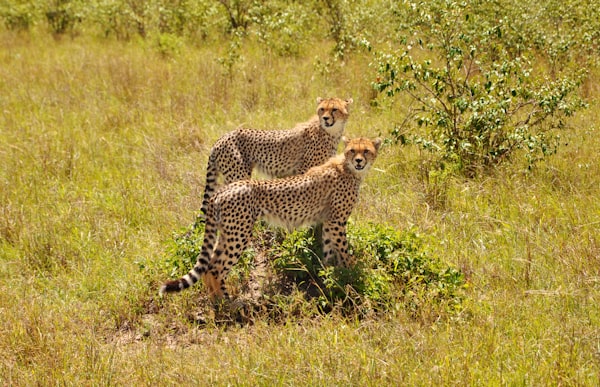The Respiratory System

The respiratory system is responsible for providing oxygen to all the different parts of the body. This is made of a few parts:
- The mouth and nose are used to pull air inside our systems. it can also block certain things from entering the lungs.
- Sinuses are used to regulate the temperature and humidity of the air inside the respiratory systems.
- The throat is a tube that delivers air from our noses and mouths to the windpipe.
- The windpipe is a passage that connects the throat and lungs.
- Bronchial tubes are tubes that connect the windpipe to both of the lungs.
- The lungs are organs that act like bellows that send oxygen through blood to all the organs and tissues.
- The ribs act like a shield to protect the lungs.
- The Diaphragm is a muscle that helps push and pull air in and out of the lungs.
The lungs have a few cells that help them distribute air and defend themselves. Some of these cells are:
- Alveolar Epithelial Cells form tiny air sacks called alveoli, which transfer oxygen from air to the bloodstream.
- Bronchiolar Epithelial Cells line the tubes that control airflow, they help redirect air to the alveoli.
- Goblet Cells generate a small coating of mucus in the lungs, and this sticky paste catches debris that could damage the lungs.




